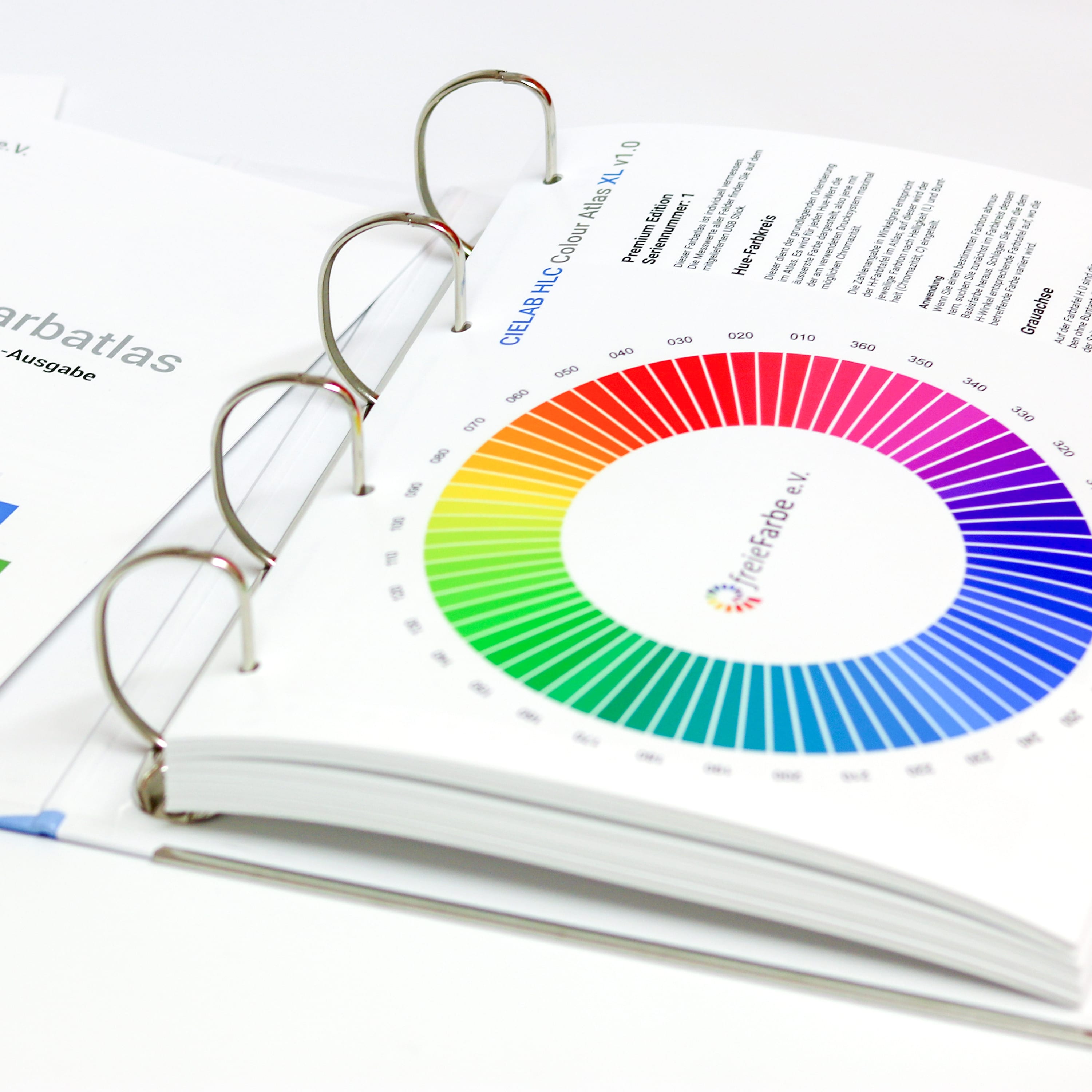This was not the announcement that was expected: As of March 2022, new Adobe software products will no longer include included PANTONE colour libraries. Adobe said: “In March 2022, Pantone colour libraries pre-installed in Adobe Photoshop, Illustrator, InDesign, Adobe Color and Adobe Capture will be removed from future software updates.”
https://helpx.adobe.com/creative-cloud/adobe-color.html
That Adobe and PANTONE have become increasingly estranged in recent years has been noticeable for some time.
The integration of current PANTONE libraries was sluggish or, in recent times, no longer automatic; anyone who wanted current libraries had to export them via the PANTONE Color Manager and import them into Adobe software … a tedious and error-prone system. Presumably, however, it was the licensing costs that prompted Adobe to take the final step. The clear leader in software production was probably simply tired of being bullied by PANTONE in terms of licensing law and took the logical step: no more PANTONE palettes for Adobe products.
Will the users care? Anyone who has designs in PANTONE colours in their computer still has all the colours available in their software, every AI or EPS from Illustrator placed in InDesign has the PANTONE spot colours created there imported directly back into InDesign. And another colour is also quickly created manually – well, maybe not with the latest LAB values from PANTONE, but a CMYK equivalent from the gut is also good to be able to see the colour at least halfway on the screen. So I don’t think the phone lines will be ringing off the hook because our customers can no longer find their PANTONE colours.
But nevertheless: it is a shift in paradigm that Adobe is carrying out here:
After all, PANTONE has not been able to improve as much over the years as the industry had hoped. Holger Everding from freieFarbe summarised this appropriately in his blog entry. He writes:
“The lack of quality of the system should be known to most readers of these lines:
- confusing variety of colour guides and the colour tones they contain
- the associated incomplete software integration
- lack of accuracy and high metamerism of the colour guides and shades, due to various manufacturers with different papers and pigments
- very restrictive licensing policy, no freely accessible source for colour values”.
But does the rift hurt PANTONE or Adobe?
I am divided on this. Presumably both partners will quickly get their act together: PANTONE will certainly take the understandable path of changing and softening the restrictive licensing policy of recent years: they must offer more standard features free of charge for all users. Small businesses and designers in particular want to and can pay my monthly subscription costs for the non-slimmed-down version of Adobe Connect. After all, Pantone is just a guide, there are many other ways to determine colours. And Adobe? Adobe will certainly take the opportunity to put out feelers for practical alternatives to PANTONE and implement them voluntarily in Adobe in order to free itself from PANTONE’s licensing pressure. After all, competition is known to stimulate business. And once free colour systems such as the free colour CIELAB HLC system were integrated into Adobe, PANTONE would surely quickly understand that they do not have a “monopoly” on spot colours, on the contrary:
If Adobe were to integrate freely available, precise and transparent colour systems into their software, PANTONE would finally have to take the overdue steps to position itself better and more consistently in order to ever find its way back into Adobe software. If this does not happen, PANTONE will quickly become one of the dinosaur colour systems that have not survived an impact. Because better, more open and more transparent systems are not only waiting in the wings: they already exist today.











